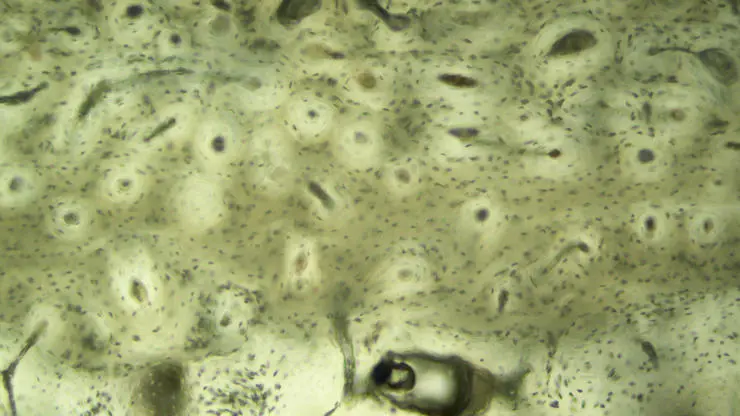While it might not be immediately obvious, skeletal tissue can undergo a series of physical and chemical processes, termed bone diagenesis, after death. These processes are sensitive to many intrinsic and extrinsic factors, therefore damage to the bone surface (such as blunt or sharp force trauma) could result in increased diagenesis at and near the damaged site. The main drivers of bone diagenesis are microbial attack, the origins of which can be endogenous and exogenous. This research hypothesises that bone damage caused by trauma could allow these microbes easier access to the internal microstructure of the bone, thereby increasing the extent of bone diagenesis around the trauma site.
As bone diagenesis has been heavily researched in attempts to develop more accurate post-mortem interval estimations, it is important to understand the extent at which trauma could affect diagenesis. This project uses porcine bones to compare the extent of bone diagenesis occurring over time periods of up to 12 months in bones that have been subjected to sharp-force, or blunt-force trauma and bones that have no surface damage using histological and trace elemental analysis. This research could have implications in both fields of forensic science and archaeology.


